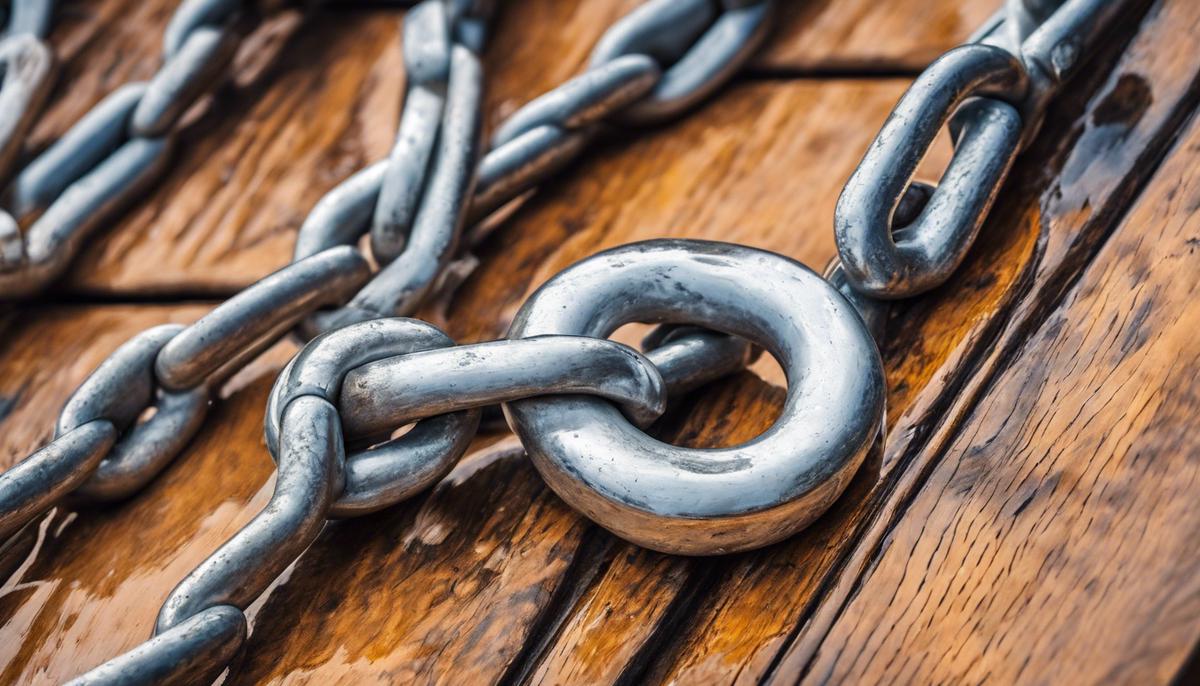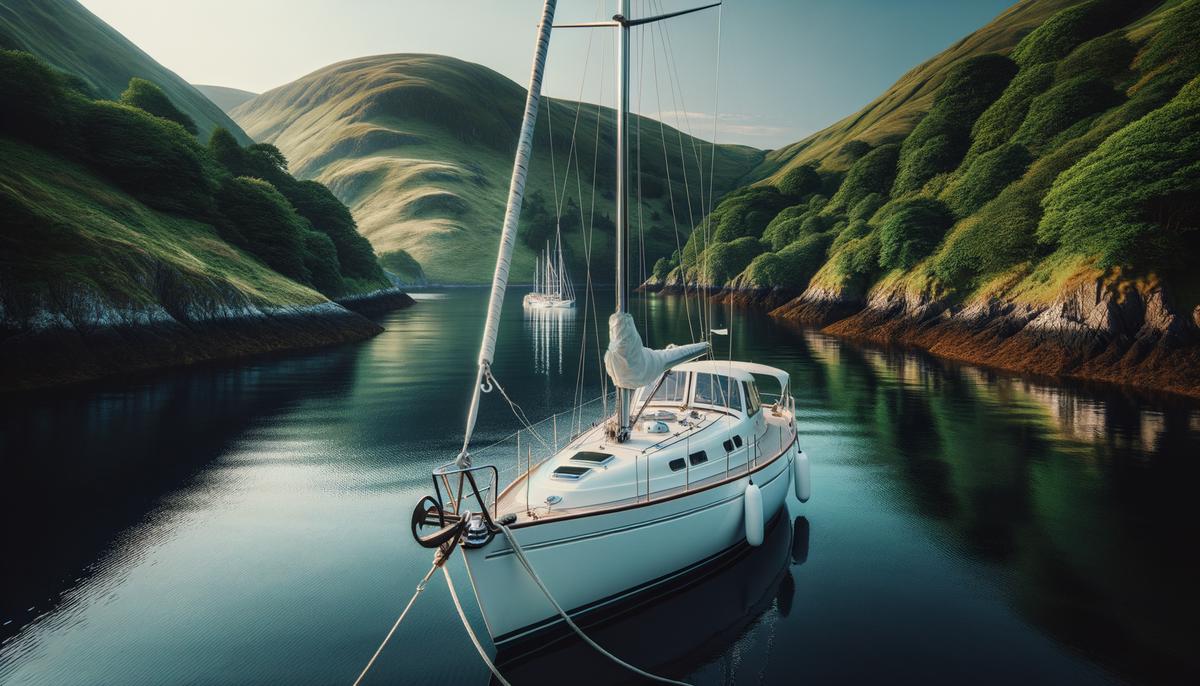When it comes to securing your vessel, choosing the right anchor and chain is not just about making a purchase; it's about making a wise investment in safety and reliability. This discussion will guide you through various options to help stabilize your maritime adventures.
Selecting the Right Anchor and Chain
When choosing an anchor for a mid-sized sailing yacht, bigger is often better. For those who sail frequently or in challenging weather conditions, a hefty anchor ensures that your boat stays put. Picture this: you're out in open waters, and a sudden storm picks up. If you've opted for a substantial anchor, you'll feel more secure as the winds howl.
Several types of anchors are available. Traditional ones like 'CQR' or 'Plough' are bulky, while the 'Bruce' is favored by many for its uncompromising grip. The 'Danforth' is especially effective in muddy or sandy seabeds due to its fluke-style design. Newer models like the 'Rocna' or 'Mantus' offer an excellent balance of usability and secure holding across various seabed types.
When it comes to chains, opting right can make a big difference. You don't want a chain that's too long and cumbersome or too short where it compromises the anchor's angle of deployment. Typically, a chain that's two or three times the depth where you usually anchor can serve well, especially if you supplement it with some nylon rope. Remember, the aim is for the angle of the chain on the seabed to be as horizontal as possible, giving the anchor a stronger chance to set and stay lodged.
While heavier chains are a win when it comes to resisting winds and tides, consider your yacht's capacity to haul it. The blend must be just right — not too heavy for your yacht to handle, nor too light to doubt its competency in stiff winds.
Galvanized steel is generally preferred since it resists wear from salty seaways and manages well under load. Stainless steel offers elegance and rust resistance, although pricier.
When selecting a new anchor and chain setup, anticipate both ideal cruising spots and challenging docking situations. Whether you choose a traditional pick or lean towards modern technology, consider your specific needs.
Most seasoned sellers would be up for letting you test anchors to see how they hold. Getting hands-on experience can help you make an informed decision.
Good day and great anchoring ahead!

Proper Anchor Deployment Techniques
As you sail into what promises to be a perfectly serene overnight spot, knowing how to correctly deploy your anchor keeps your yacht safe and ensures a good night's sleep without any surprise drifts.
- First, check the seafloor by consulting nautical maps. Different textures—from soft mud to hard sand—can affect anchor hold.
- Calculate the appropriate scope ratio, which is about 5:1 in calm conditions or 7:1 in windy conditions or stronger currents. This means if you're anchoring in 10 feet of water, 50-70 feet of rode should be laid out.
- Approach slowly, aligned into the wind or current. This allows for a natural settling as the anchor is deployed.
- When ready to anchor, avoid throwing it; let it gently descend. Dropping it too quickly can tangle your chain or cause the anchor to settle inadequately.
- Once the anchor touches down, continue to move slowly backward, letting out more chain or rope in a controlled manner. Sudden tugs can prevent the anchor from properly setting.
- After paying out the intended scope, gently throttle in reverse to ensure the anchor digs deeply into the seafloor while observing any movement. A dragging anchor indicates either insufficient scope or a poorly chosen anchorhold for the conditions.
Marking your rode at consistent intervals allows for precise deployments and understanding how much chain you have out.
By mastering these steps, you can install your anchor with confidence. Each drop becomes routine, giving you more time to enjoy the shimmering horizon and less worrying about holding steady.

Securing and Monitoring the Anchor
Once your anchor settles carefully into its seabed home, your main task shifts from dropping anchor to securing it effectively. You don't want any midnight surprises with a drifting boat.
After you've given your anchor a decent pull toward the seabed, loop the rode around a sturdy bow cleat. A sound knot here keeps your anchor tied down and prevents an untimely sail-away.
Taking regular depth soundings can save you from future headaches. These tell you if your position starts changing. Most modern boats come equipped with electronic depth sounders – using these helps you immediately notice any variance in depth which might suggest your anchor is moving.
Pick a couple of fixed points on land to keep tabs on. Choose distinctive features like a uniquely shaped tree, a large rock, or colorful beachside huts. Periodically align them with each other or distinct parts of your boat as reference points. This non-techy method, paired with depth readings, checks for any signs of drifting.
Changes in wind and tide can impact your anchor's grip, so keep vigilance high during any noticeable changes in weather or water movement.
Always mind the forecast and anticipate gusty conditions. Picking a protected area can make the difference between a night spent counting stars and a night spent counting repairs. Even with everything secured, variable conditions might still require adjustments.
Managed to keep your spot without issues? Great job! This behind-the-scenes work ensures a good night on the open bay.
In conclusion, the key takeaway from our exploration of anchors and chains is that peace of mind while at sea begins with selecting the right equipment. A well-chosen anchor and chain setup not only ensures security but also enhances your sailing experience, allowing you to enjoy serene nights under the stars without worry.
Get top-notch AI content writing with Writio! This article was crafted by Writio.
- Poiraud Y, Achim M. Choosing the right anchor. Practical Sailor. 2019;45(9):24-28.
- Kettlewell J. The complete anchoring handbook: stay put on any bottom in any weather. International Marine/Ragged Mountain Press; 2007.
- Street R. The nuts and bolts of anchoring. Good Old Boat Magazine. 2010;13(4):30-33.
Leave a Reply